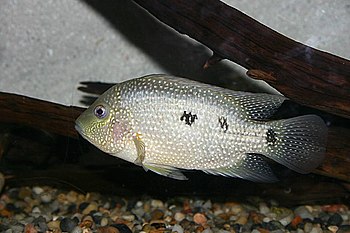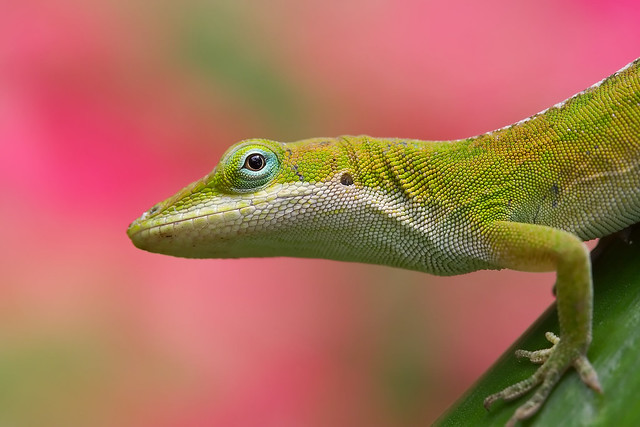 |
| Gravel in a freshwater aquarium (Photo credit: Wikipedia) |
The most common substrate is gravel. You've seen those bags in your local pet store; they come in every color of the rainbow. You can also go to any hardware store and buy natural gravel if you are going for a less artificial look. Just make sure that you rinse whatever you use before you put it into your tank and remove any bits that are unusually sharp.
Gravel gives your tank a nice aesthetic appeal while also anchoring your plants and helping you develop the biological filter within your tank. It's also the easiest substrate to clean when you are using your gravel vac during your water changes. Gravel is heavy enough to resist being siphoned out of the tank but light enough to swirl around and release all waste that has become sediment. It is also fairly cheap, especially if you purchased a large bag from the hardware store.
Many hobbyists, especially cichlid owners, prefer to use sand. If you are keeping fish that sift sand looking for food, going with something finer than gravel is the ONLY way to go. Like gravel, you can find it in many different colors, although it is harder to find than gravel; most pet stores carry only white and black, and the black is quite expensive. Here too, you can find a cheaper alternative down at your local hardware store.
Most stores carry bags of sand marketed as "play-sand". These sands are generally used to fill children's sandboxes and as such, are safe and ready to go. They'll require a great deal of pre-washing before you put them into your tank though, because of the dust that they contain, but they are attractive to use and quite cheap. Some larger stores may actually carry some colored sands, but they are harder to find and will probably require a special order. Avoid "silica" sands as they have sharp edges that can cut your fish.
Sand is more difficult to clean, however, because of its lightweight. You can't plunge your gravel vac into the sand without sucking it up with your wastewater. You have to be a lot more careful while siphoning, and periodically make time to stir the sand by hand to release trapped pockets of waste and biological matter. If you want easy to maintain, sand is not for you.
You can also buy bags of crushed shell or limestone. These are useful if you are putting together a marine tank or an African cichlid tank as they are made up of calcium carbonate and this tends to raise the water hardness and pH, which both of these types of fish will enjoy. This is obviously a poor choice for fish from the soft water, low pH environments like many river fish from South and Central America.
Whatever substrate you chose, it will require occasional maintenance. Generally not much more than doing a quick stir and a little redecorating when your fish move it around, but your substrate will last just about forever, so pick one that you can live with.







